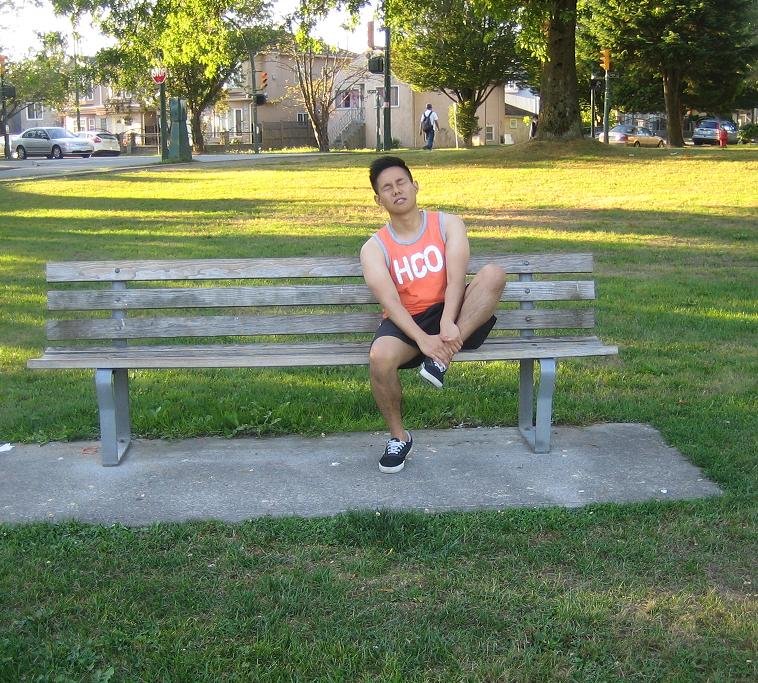Shin splints triggers pain from overusing or repetitive straining of the muscles that are located next to the shinbone or tibia of the lower leg. Sometimes, the condition causes inflammation of the tibial periosteum or thin sheath of tissue that wraps around the tibia. Runners, hikers, military recruits and dancers are susceptible to this condition.
Causes of shin splints
- Tiny breaks in the lower leg bones or stress fractures
- Irritated and swollen muscles due to overuse
- Over pronation or “flat feet”
- Weakness in stabilizing the muscles of the hips or core
- Poor functioning of the lumbar spine
Apply an ice pack on the shin for at least 20-30 minutes to lessen the swelling and pain.
Treatment
- Take plenty of rest for fast healing of the condition.
- Apply an ice pack on the shin for at least 20-30 minutes to lessen the swelling and pain. Apply every 3-4 hours for 2-3 days or until the pain totally disappears. Avoid applying the pack directly on the skin to prevent further damage that can worsen the condition. Wrap the pack in a towel or small cloth before placing on the affected area.
- Take the prescribed anti-inflammatory pain medications such as naproxen, ibuprofen or aspirin to lessen the swelling and pain.
- Use orthotics or shoe inserts to cushion that arches that collapse or flatten when standing up.
- Change the course and type of surface to grass, sand or rubberized track. Over-pronation or rolling in of the ankles and flat feet are prone to shin splints. Avoid wearing ill-fitting or heavy shoes to prevent the development of shin splints. Use shoes with ½ inch heel and replace them every 3 months. Always tie shoes tightly since loose shoes or flip-flops places plenty of strain on the lower muscles of the leg and foot.
- Tape the shin splint using medical tape to lessen the symptoms, provide support for the muscle of the lower leg and lessen traction forces.
- Use a neoprene sleeve to warm the leg.
- Soak the feet and lower legs in a warm Epsom salt bath for at least 15 minutes to lessen the swelling and pain. The magnesium present in the salt relaxes the muscles. If there is swelling of the area, follow the warm bath with an ice bath for 15 minutes to numb the affected feet.
- Massage lessens the inflammation and muscle tension, breaks down scar tissues and promotes proper flow of blood in the area.
- Seek the help of the physical therapist for detailed stretches and strengthening exercises for the lower legs.
- Wear an elastic compression bandage during exercise to lessen the swelling of the area.
Tips
- Perform proper warm up before starting a work out.
- Wear shoes with proper support and padding
- Maintain proper mobility of the hips and ankles
FACT CHECK
https://en.wikipedia.org/wiki/Shin_splints
https://orthoinfo.aaos.org/en/diseases–conditions/shin-splints/

